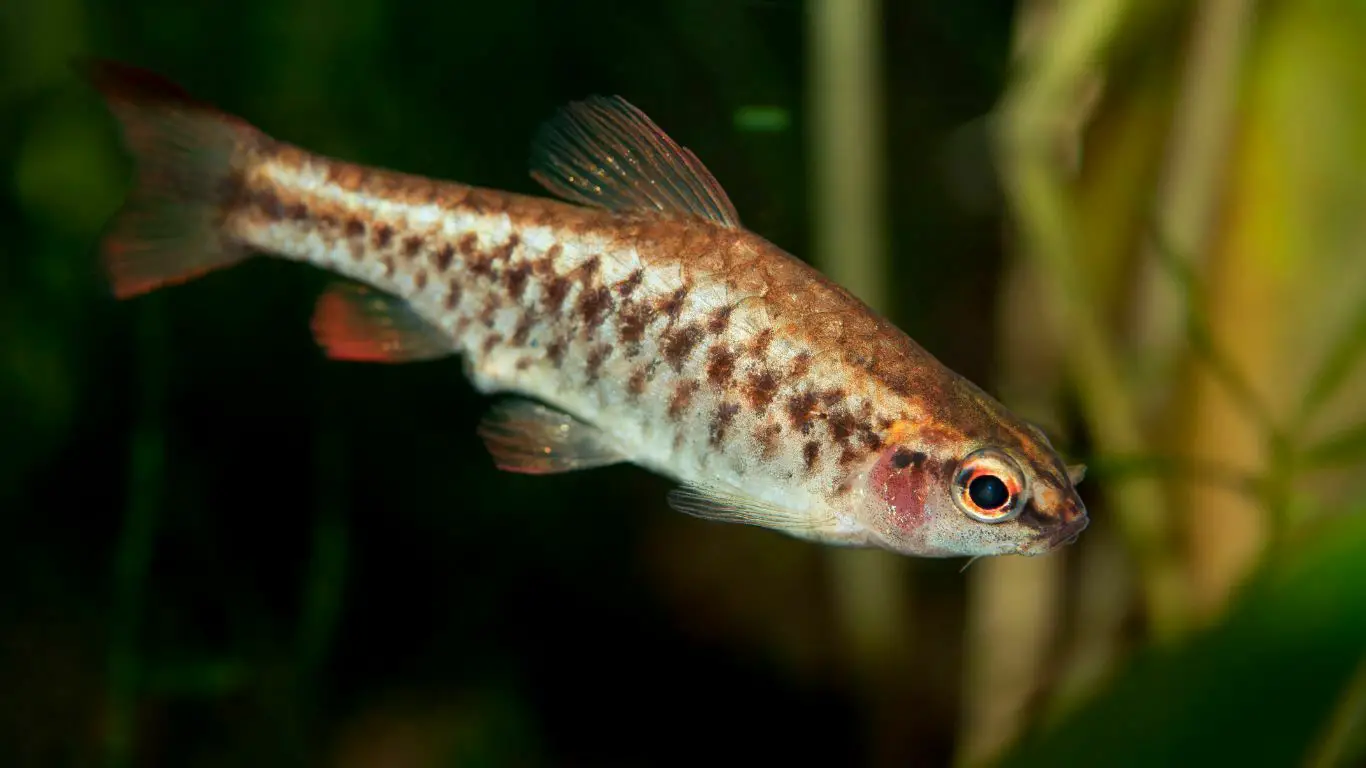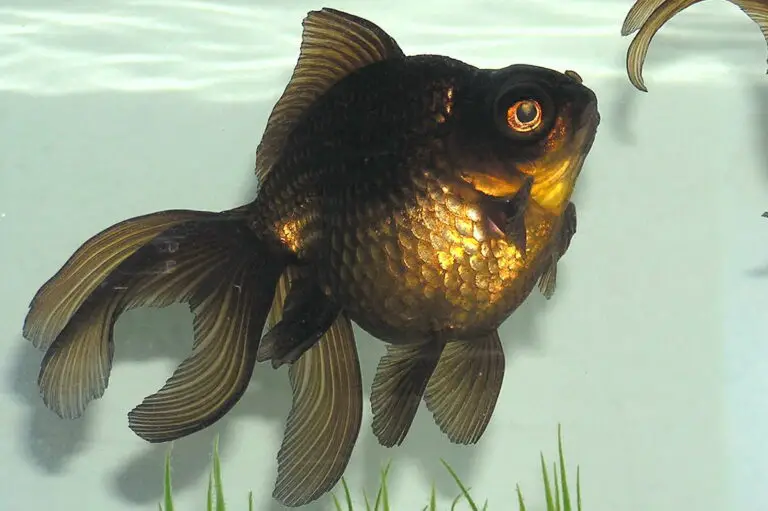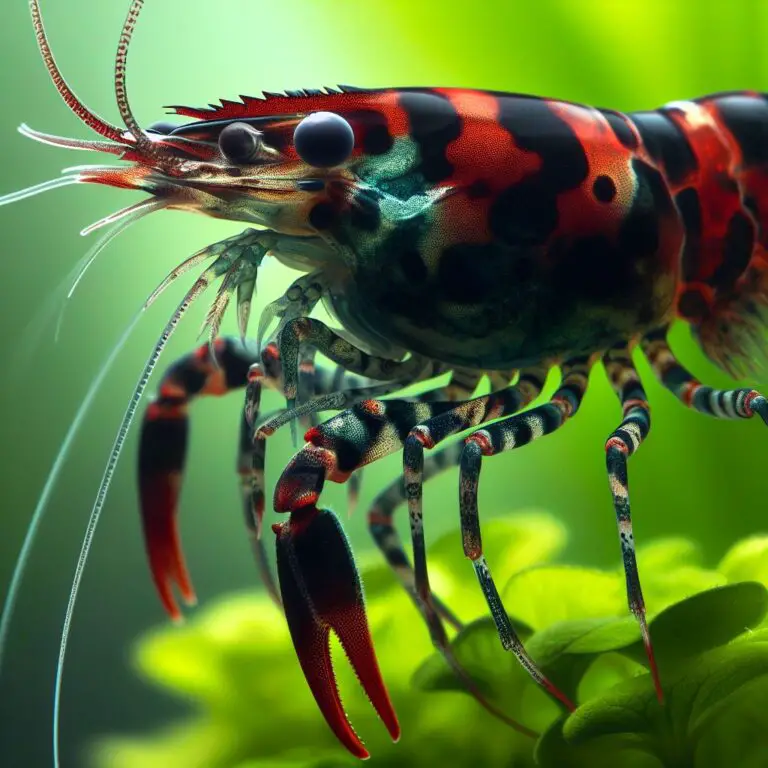Cherry Barb: A Beginner’s Guide to Care and Maintenance
A Cherry Barb is a small, peaceful fish that is native to Sri Lanka. It is a member of the Cyprinidae family and is closely related to the Goldfish. The Cherry Barb is a popular aquarium fish because of its beautiful coloration and peaceful nature.
The body of the fish is red, with black stripes running vertically down the sides. The fins are transparent and the tail is forked. Males and females look very similar, but males tend to be slightly larger than females.
The Cherry Barb is a peaceful fish that is perfect for the beginner aquarist. This fish is native to Sri Lanka and India, and is a member of the Cyprinidae family. The Cherry Barb grows to be about 2.5 inches long, and has a lifespan of 5-8 years.
The male Cherry Barb is more brightly colored than the female, with red fins and a bright red body. The female Cherry Barb is more drab, with brownish fins and a pale body. Both sexes have black spots on their bodies.
Cherry Barbs are very easy to care for, and make an excellent addition to any community tank. They are not picky eaters, and will readily accept flake food, pellets, freeze-dried foods, and live foods such as brine shrimp or bloodworms. In the wild, Cherry Barbs feed on small insects, crustaceans, and worms.
These fish do best in groups of 6 or more of their own kind. In smaller groups they may become timid or even aggressive towards one another. If you keep them with other peaceful fish species, they will do just fine. A 20-gallon aquarium is sufficient for a group of 6-8 Cherry Barbs.
Cherry Barb Origin and Habitat
Cherry Barbs (Puntius titteya) are a freshwater fish species that originate from Sri Lanka. They are a popular aquarium fish due to their vibrant colors and peaceful temperament.
In their natural habitat, Cherry Barbs can be found in slow-moving streams, ponds, and rice paddies. They prefer water with a pH level between 6.0 to 7.5 and a temperature range of 72°F to 82°F. They are also known to inhabit areas with dense vegetation and soft substrate.
Due to their popularity in the aquarium trade, Cherry Barbs have been introduced to other parts of the world, including Asia, Europe, and North America. They have also been bred in captivity, resulting in various color variations such as the Neon Cherry Barb and the Gold Cherry Barb.
When setting up an aquarium for Cherry Barbs, it is important to replicate their natural habitat as closely as possible. Providing them with plenty of plants, soft substrate, and a peaceful environment will help them thrive. In addition, keeping them in a school of 6 or more will help reduce stress and promote their natural behavior.
Cherry Barb Appearance
The Cherry Barb is a small freshwater fish that can grow up to 2 inches in length. It has a bright red coloration on its body, which gives it a distinct appearance. The males are more colorful than the females, with deeper red hues and longer fins. The females have a more subdued coloration, with a lighter red color and shorter fins.
The Cherry Barb has a torpedo-shaped body with a slightly curved back. Its dorsal fin is located towards the back of its body, and it has a small adipose fin on its back near the tail. The pectoral and pelvic fins are located towards the front of the body. The Cherry Barb has a small mouth with two pairs of barbels, which it uses to search for food.
The scales of the Cherry Barb are small and iridescent, giving it a shimmering appearance in the light. The scales are arranged in rows along its body, and the edges of the scales are slightly raised, giving it a rough texture.
How I Bred Cherry Barbs at Home?
How Many Cherry Barbs Should Be Kept Together?
Cherry barbs are a peaceful and social species of fish that do best in groups. In the wild, they can be found living in large schools numbering in the hundreds. While it’s not necessary to keep that many cherry barbs in an aquarium, they should still be kept in groups of at least six.
This will allow them to feel secure and help reduce aggression levels. Cherry barbs are also relatively active fish and need plenty of space to swim. A 20-gallon tank is the minimum size that should be considered for a group of six cherry barbs.
Are Cherry Barbs Aggressive?
Cherry barbs (Puntius titteya) are generally peaceful fish, belonging to the family Cyprinidae. They are not aggressive and can coexist harmoniously with other non-aggressive fish species. However, individual behavior may vary, and there might be occasional instances of territoriality, especially during breeding or in overcrowded tanks with limited hiding spots.
Proper aquarium setup is of utmost importance. Ensure that, the tank size and filtration system accommodate the number and size of the fish adequately. Providing a well-established nitrogen cycle helps maintain water quality and stability, which is essential for the overall health of the aquarium’s inhabitants.
To reduce the likelihood of aggression, it’s advisable to keep cherry barbs in groups of five or more. This fosters a sense of security and allows them to establish a natural hierarchy within their community. Providing sufficient hiding places and vegetation in the aquarium can also help minimize stress and promote peaceful behavior.
Are Cherry Barbs Nippers?
Most cherry barbs are not nippers, but there are always exceptions to every rule. If you have a particularly feisty cherry barb, it may nip at other fish in the tank. However, this is usually only done out of aggression and not because the fish is actually trying to eat the other fish.
Are Cherry Barbs Good Community Fish?
Cherry barbs are a peaceful and active species of fish that make great community tank mates. They are hardy and can tolerate a wide range of water conditions, making them ideal for beginner aquarists. Cherry barbs prefer to shoal in groups of 6 or more, so be sure to purchase a group if you plan on keeping them in your aquarium.
These lively little fish will add color and interest to your aquarium while providing hours of enjoyment!
Do Cherry Barbs Like Current?
Cherry barbs (Puntius titteya) are a peaceful, schooling fish that originates from Sri Lanka. They are relatively easy to care for and make a great addition to any community aquarium. One of the things that makes cherry barbs so unique is their coloring. Males have bright red bodies with black fins, while females are yellow-orange with brownish fins.
When it comes to water conditions, cherry barbs prefer neutral to slightly acidic water with a temperature range of 72-78 degrees Fahrenheit. They also like a little bit of current in their tank. Too much flow can be overwhelming for them. So provide plenty of hiding places and subdued lighting if you keep them in a high-flow aquarium. Cherry barbs are omnivorous and will accept most types of dry, frozen or live food.
Be sure to include plenty of plant matter in their diet as well since they are largely herbivorous in the wild. In terms of tank mates, cherry barbs do best when kept with other peaceful fish such as guppies, mollies, platies, swordtails and rasboras. They can also be kept with larger shrimp and snails without any problems.
Avoid keeping them with nippy fish or those that may outcompete them for food though (e.g., tetras). All in all, cherry barbs make great additions to almost any community aquarium!
Cherry Barb Size
When it comes to cherry barbs, size does matter at least to some degree. These little pets are one of the smallest freshwater fish available. And they only grow about an inch or so long. This makes them ideal for smaller aquariums or even for bowls and other nano tanks.
But don’t let their small size fool you these fish are feisty and full of personality. They’re also quite hardy which is another positive in their favor. One thing to keep in mind if you’re thinking of adding cherry barbs to your tank is that they do best in groups.
A group of six or more is ideal, as they will tend to shoal together and this will help reduce aggression levels within the group. If you have just a few cherry barbs, they may start picking on each other or on any other fish that happen to be smaller than them. So, if you want to avoid problems down the road, it’s best to stick with a larger group from the start.
Cherry Barb Tank
A cherry barb tank is a freshwater aquarium that contains cherry barbs. Cherry barbs are a peaceful fish that get along well with other species of fish. They are an active fish that enjoy swimming and exploring their tank.
A minimum tank size for cherry barbs is 20 gallons. Cherry barbs are native to Sri Lanka and India. They prefer warm water temperatures between 76-82 degrees Fahrenheit.
Cherry barbs will do best in an aquarium with plenty of hiding places and vegetation. They are not demanding when it comes to food and will eat most aquarium foods including flakes, pellets and live foods such as brine shrimp and bloodworms.
Cherry barbs are a hardy fish species that are easy to care for making them a good choice for beginner aquarists. When kept in proper conditions, they can live up to 5 years or longer!
Cherry Barb Aggressive
A Cherry Barb is a small, peaceful fish that is popular in the aquarium trade. However, some aquarists have reported aggression from their Cherry Barbs towards other tankmates. There are a few possible reasons for this aggression.
One theory is that the barbs are simply defending their territory. In the wild, these fish live in shoals of several hundred individuals. They may feel threatened by other fish that enter their space.
Another possibility is that the barbs are not getting enough food. In the wild, these fish would compete with others for food. They may see other fish as potential rivals for food and become aggressive as a result.
Whatever the cause of their aggression, it is important to be aware of it when keeping Cherry Barbs in your aquarium. If you notice your barbs behaving aggressively towards other fish, try to provide them with more hiding places and plenty of food so that they don’t feel threatened or hungry.
Cherry Barb Temperature
Cherry Barb Temperature As you know, different fish species have different preferred water temperatures. Tropical fish like the cherry barb prefer warm water, around 77-86 degrees Fahrenheit.
If the water gets too cold, they can get sick and even die. That’s why it’s important to keep an eye on the temperature of your aquarium, especially if you live in a place with extreme weather conditions. There are a few things you can do to make sure your cherry barbs stay healthy and happy.
First, invest in a good quality aquarium heater and thermometer. This way you can always monitor the temperature of the water and make adjustments as needed.
Second, consider adding some plants to your aquarium. Plants help to regulate the water temperature and create a more stable environment for your fish.
Third, don’t overstock your tank. Too many fish in one space can lead to rapid changes in water temperature which can stress out or even kill your fish.
By following these simple tips, you can ensure that your cherry barbs thrive in their natural habitat warm tropical waters!
Cherry Barb Male vs Female
When it comes to choosing between a male and female cherry barb, there are a few things to consider. For one, males tend to be more brightly colored than females, making them more visually appealing. However, males also tend to be more aggressive than females and may nip at other fish in the tank.
If you’re looking for a peaceful community tank, a female cherry barb is likely your best bet. But if you don’t mind a little aggression and want a colorful addition to your aquarium, a male cherry barb may be the right choice for you.
Cherry Barb Price
Cherry Barb (Puntius titteya) is a tropical fish that is popular in the aquarium trade. The fish is native to Sri Lanka and India but it has been introduced to other parts of the world as well. The fish grows to a maximum length of about 3 inches (7.6 cm).
The body of the fish is reddish-brown in color, with dark vertical bars on the sides. The fins are red or orange in color. Cherry Barb is a peaceful fish that can be kept with other peaceful species in a community tank.
Cherry Barb is a common and popular aquarium fish. It is known for its bright red coloration and active personality. This peaceful fish is a great addition to any community tank.
They prefer slow-moving water with plenty of vegetation. In the wild, they grow to about 2 inches in length.
However, captive specimens only reach about 1 inch in length. Cherry barbs are omnivorous and will eat most anything you feed them.
Conclusion
Cherry barbs are an ideal choice for beginners in the aquarium hobby. They are easy to care for and have a peaceful temperament. A 10-gallon tank with proper filtration and a temperature range of 72°F to 79°F, along with a pH level of 6.0 to 7.5, will create a suitable environment for them.
Their diet should consist of high-quality flakes and supplemented with live or frozen foods. Keeping them in a group of 6 or more will make them feel secure and happy. Regular water changes and monitoring their health are essential for their well-being. With proper attention and care, cherry barbs will bring vibrant colors and joy to your aquarium!






